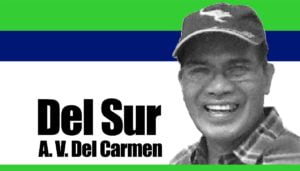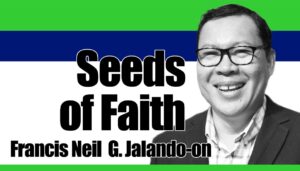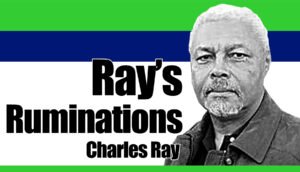The Philippine Drug Enforcement Agency (PDEA) and the Dangerous Drugs Board (DDB) are cautioning the public against the proliferation of “Thuoc Lao”, locally known as “Tuklaw” cigarettes in the streets.
PDEA director general Isagani Nerez issued the warning in light of the agency’s laboratory findings on the cigarette, indicating the presence of nicotine and synthetic cannabinoid designed to mimic the effects of marijuana but is more potent and dangerous.
When used, “Tuklaw” smokers may experience psychotic episodes and hallucinations, Neri said in a statement Aug. 8.
The PDEA took note of recent news reports of several teenagers manifesting seizure-like symptoms, characterized by brief, shock-like body jerks and twitches, after puffing on “Tuklaw”, or black cigarettes.
“Thuoc Lao” is a tobacco plant grown in the mountains of Northern Vietnam. It can either be smoked or chewed. The traditional way of smoking the tobacco is using a pipe called a bamboo bong. The nicotine content of “Thuoc Lao” can reach as high as nine percent, compared to an ordinary cigarette which has an average of one to three percent nicotine content.
“These deadly cigarettes, laced with synthetic cannabinoid, are obviously smuggled goods and reportedly sold online. PDEA warns the public not to patronize ‘Tuklaw’ because of the serious health risks involved,” Neri said, as he called on parents and guardians to strictly advise their children against using it.
“Be also wary of individuals, who practice shotgun smoking, or forcibly blowing “Tuklaw” fumes into another person’s mouth, who then inhales it,” he added.
From a regulatory control standpoint, the PDEA and DDB intend to initiate the necessary process to consider the scheduling and classification of the synthetic cannabinoid as a dangerous drug, following the legal mechanisms provided under Republic Act 9165, or the Comprehensive Dangerous Drugs Act of 2002, and DDB Regulation No. 1, series of 2014, on the classification, reclassification, inclusion, and rescheduling of dangerous drugs, controlled precursors, and essential chemicals. ||




